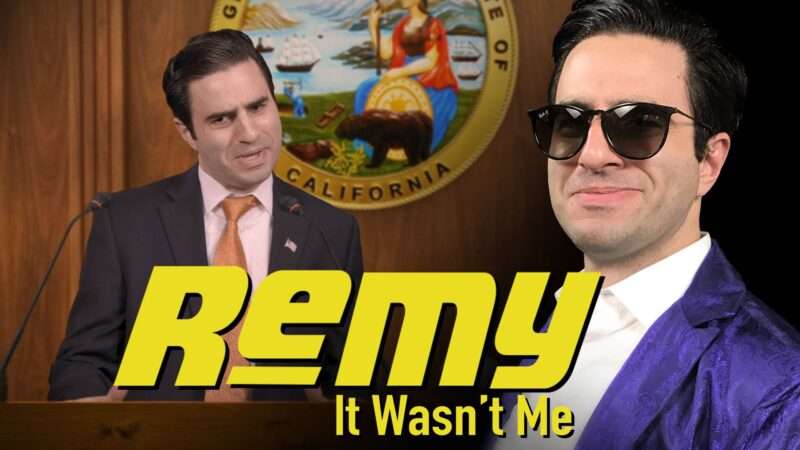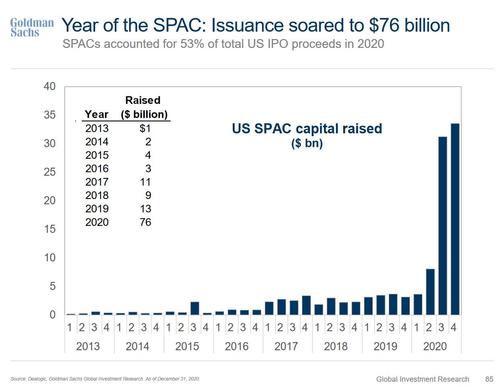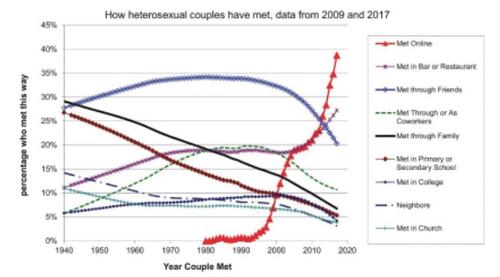CDC Urges Biden To Drop Palantir’s COVID Tracker
Throughout the COVID-19 pandemic, the Trump administration has relied on a powerful tool originally developed by Palantir, the data-mining firm created by Trump ally Peter Thiel, for the Department of Health and Human Services (HHS).
According to the Daily Beast, however, officials working with Joe Biden’s transition team have recommended getting rid of the newly minted system after warning that it’s not accurate, according to an anonymously sourced report in the Daily Beast.
Palantir’s technology allows officials to track hospitals’ supplies, case count, and testing – a platform which Vice President Mike Pence has touted as ‘revolutionary’ – giving the government the ability to assess what hospitals need in real time. Detailed information allows the government to track any personal protective equipment (PPE) shortages, ICU bed availability, admissions, drugs and other medical supplies, along with testing capacity.
Three anonymous officials who work with the HHS Protect system, however, tell the Daily Beast that the system is unreliable ‘and lacks the ability to update critical information the federal government needs to better assist communities across the country.’
Officials at the Centers for Disease Control (CDC) and HHS have suggested in materials shared with the Biden transition and in briefings with transition officials that the new administration scrap HHS Protect and revert back to the prior CDC data collection system known as the National Healthcare Safety Network’s COVID-19 module, according to three individuals familiar with those conversations. HHS and the CDC did not respond to a request for comment.
“The system had problems from the very beginning. It never functioned in the way we thought it was going to,” said one official who works with the data. “We should be doing more with the data that’s out there. But the system doesn’t allow us to do that because it isn’t accurate.” –Daily Beast
One of the main problems with the new system is that it bypasses standard communications channels which used to exist between the CDC and local health departments – instead, requiring hospitals to begin entering information manually through TeleTracking, a private contractor which helped develop the HHS Protect system. Unfortunately, some hospitals did a poor job of updating information, and there is no local oversight bodies to ensure the process was adhered to, according to officials.
One recent report in Science said that the HHS Protect data differed from health departments by up to 20%.
In July, the congressional Select Subcommittee on the Coronavirus – the government’s main oversight body for handling the pandemic, launched an investigation into the discrepancies, sending a letter to HHS Secretary Alex Azar and CDC Director Robert Redfield which demanded that the Trump administration reverse course and run data through the CDC. According to a Democratic aide, that effort is ongoing.
If the recommendations are accepted, the change in data collection would come at a time when Biden is already in the midst of mapping out other drastic changes to how the federal government responds to COVID-19.
The president-elect has already said he would significantly speed up the vaccine distribution by widening the recommendations for who should get the shot and when. And on Thursday Biden released his $1.9 million COVID-19 plan, which calls for direct payments of $1,400 to most Americans, $350 billion in state and local aid, $50 billion toward COVID-19 testing and an additional $20 billion for a national vaccine program with state and local governments. –Daily Beast
Surely none of this has anything to do with Peter Thiel.
Tyler Durden
Fri, 01/15/2021 – 13:15
via ZeroHedge News https://ift.tt/2N871RI Tyler Durden









